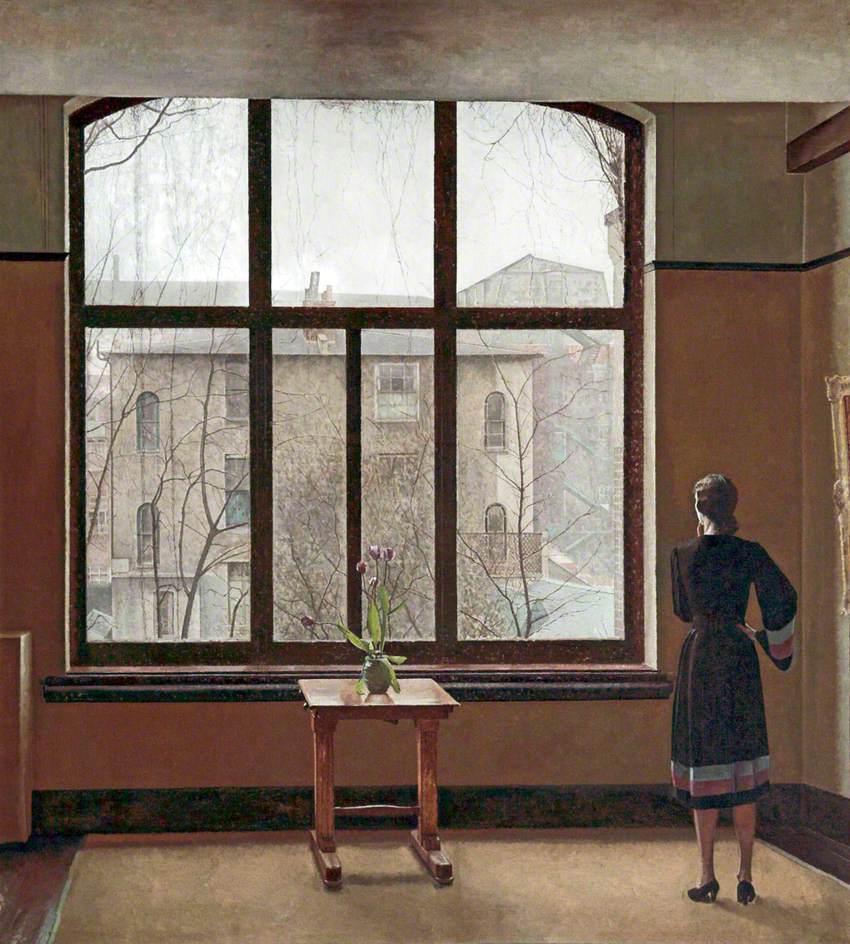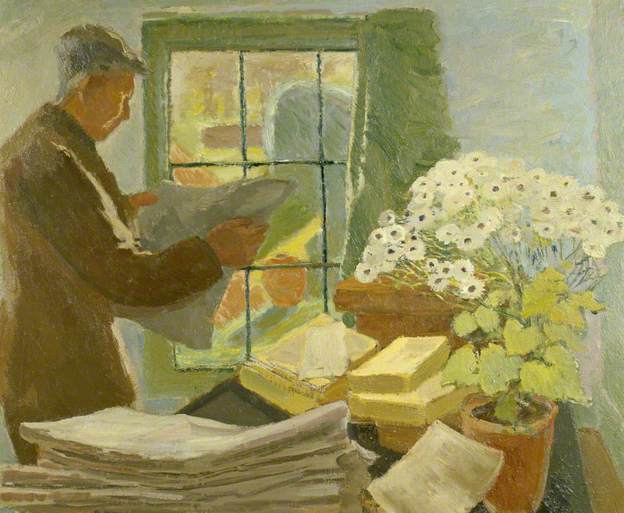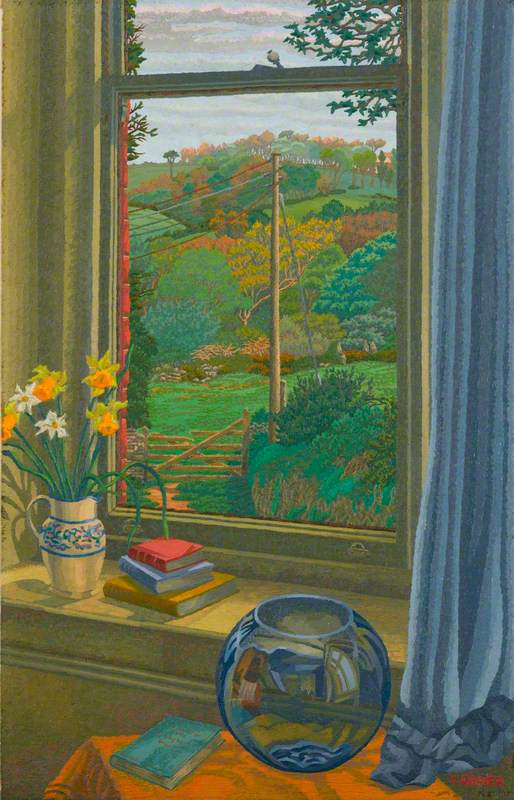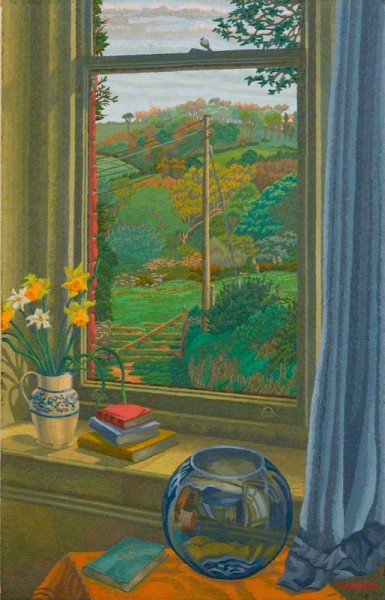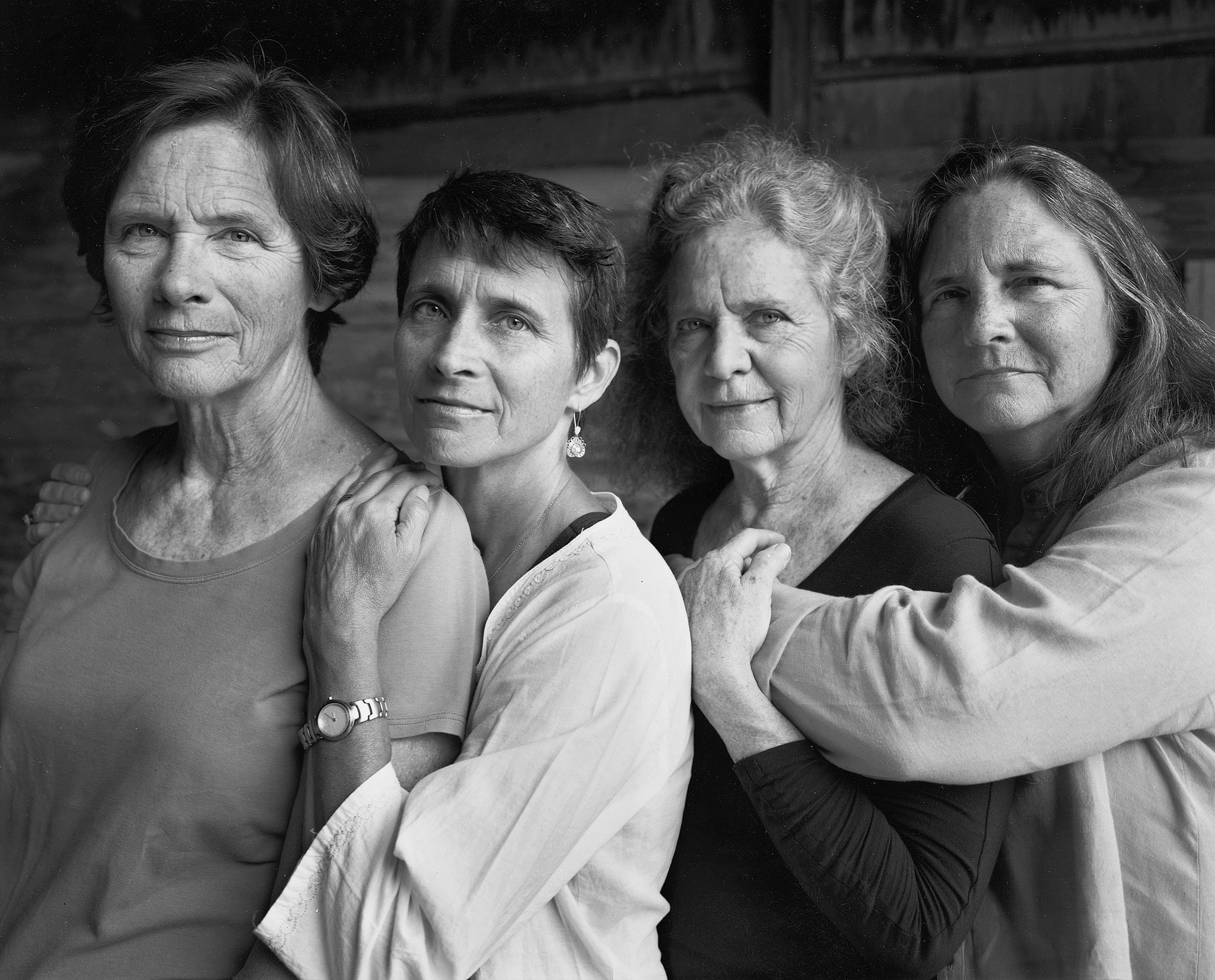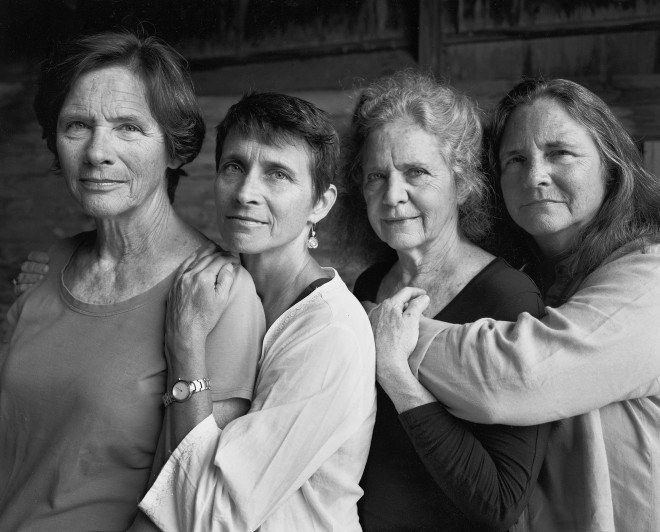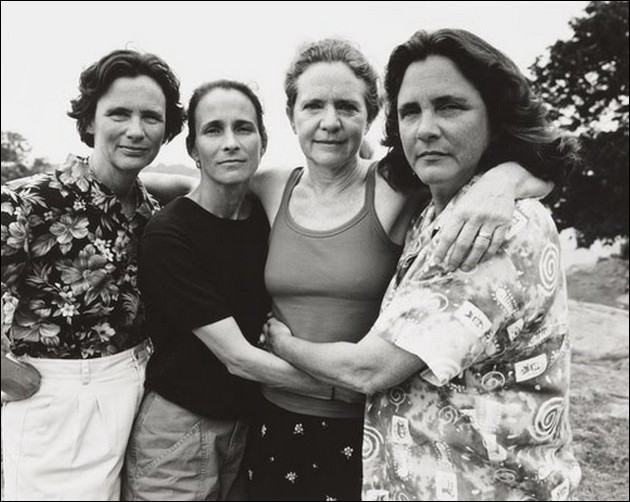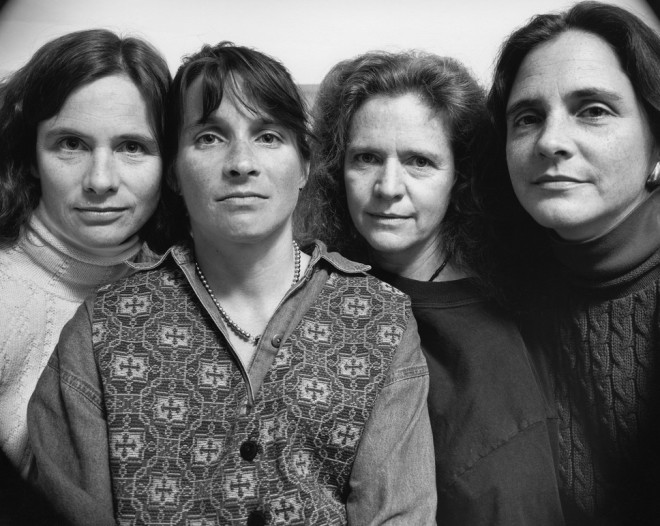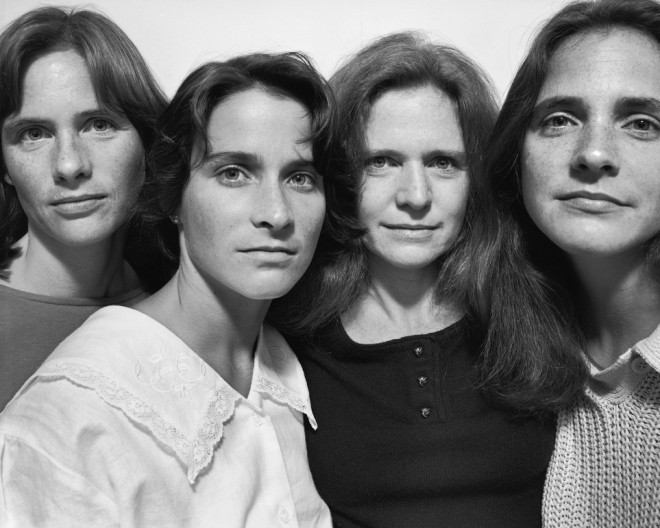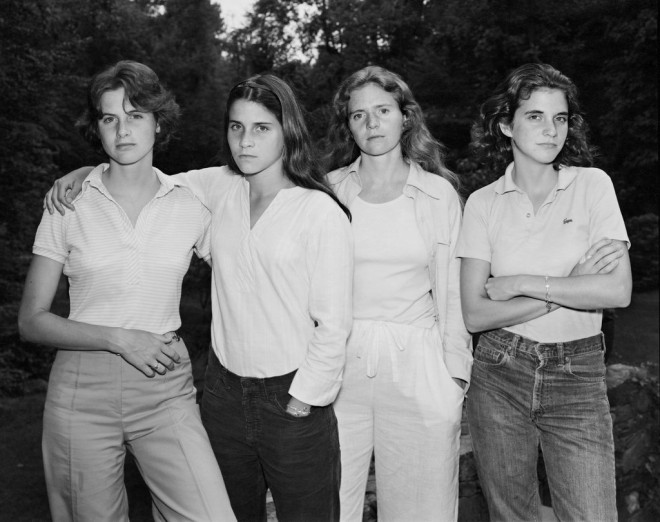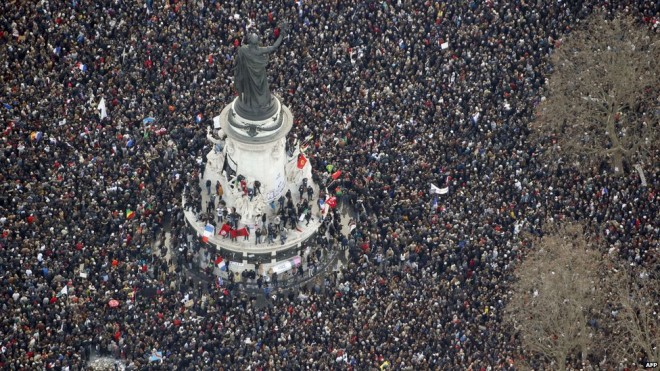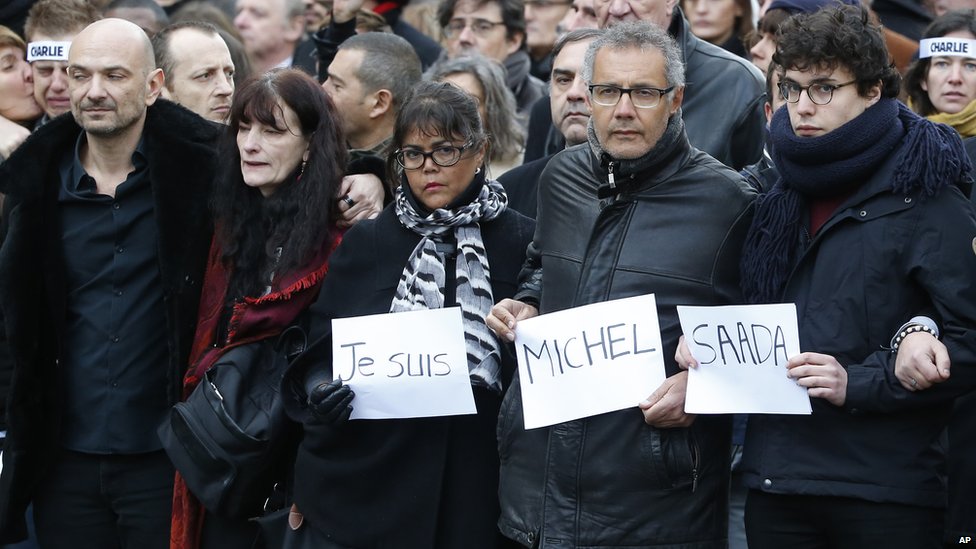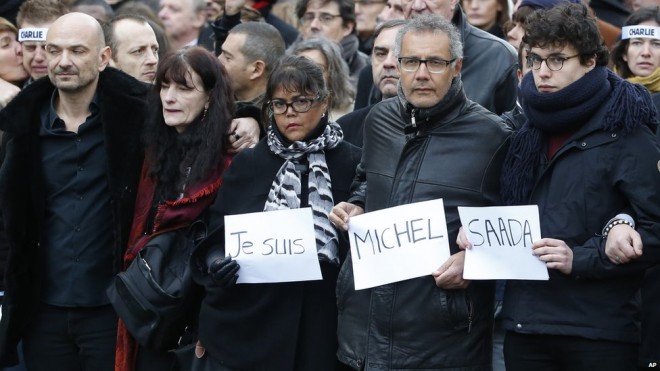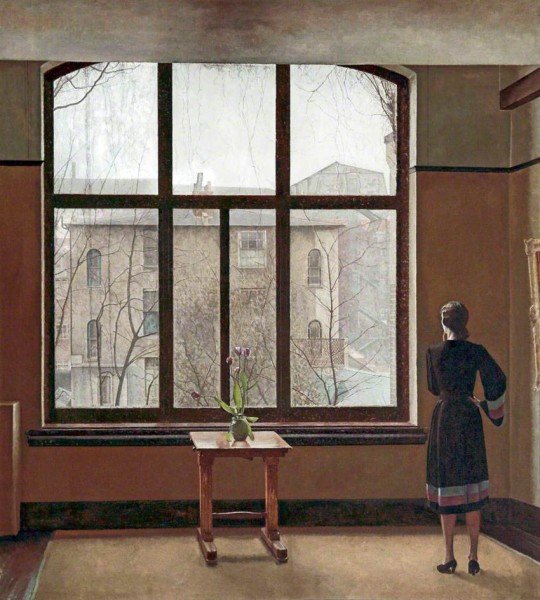
From my Study Window by Thomas Burke c. 1939. What a magnificent view! If this is a woman novelist looking out of the window, we are all cheering her on. She is obviously deep in thought, but there is a mysterious absence of the clutter which surrounds most writers. Nb. a reader wrote to us about the first post this week to say: ‘Expect you already knew that the Window Tax was the origin of the phrase “daylight robbery”?’ We didn’t, so thank you.
